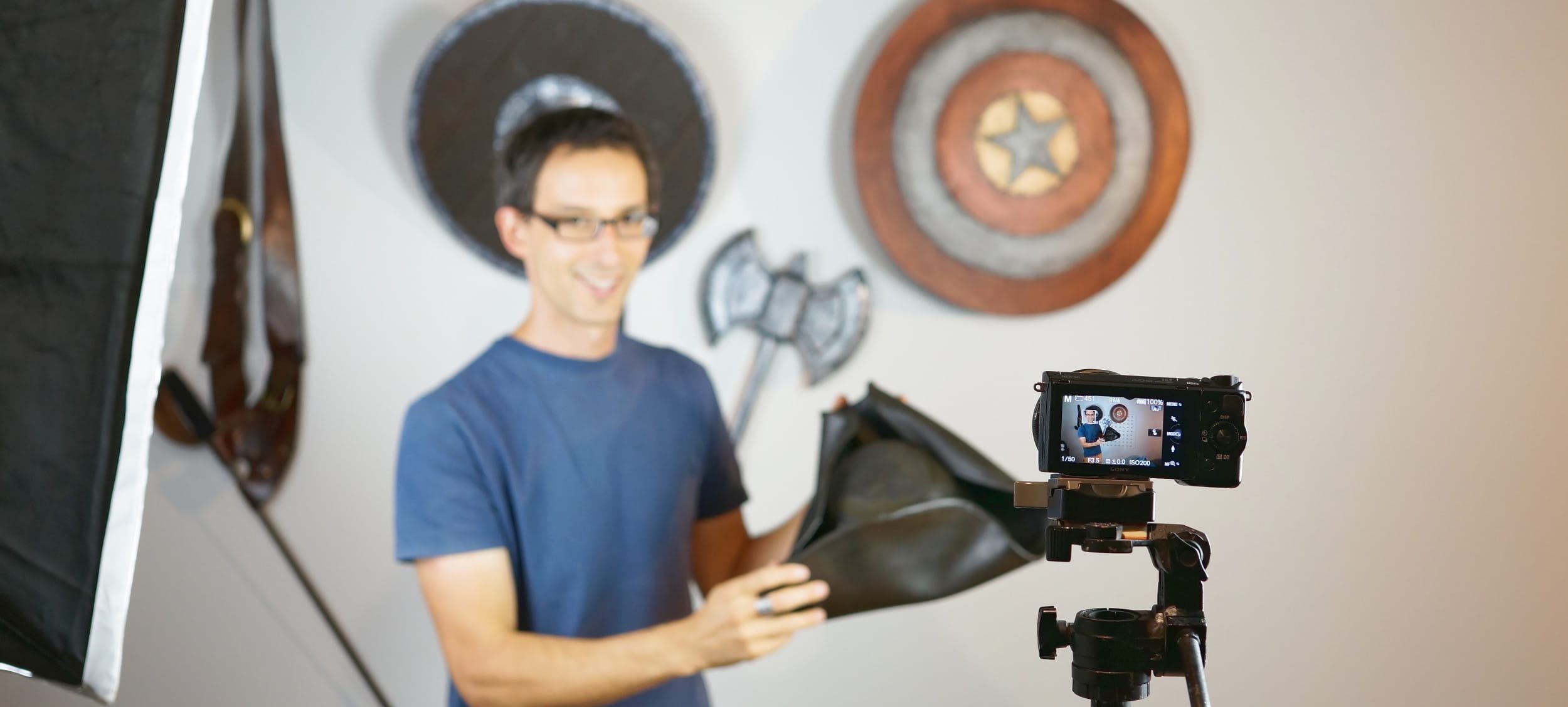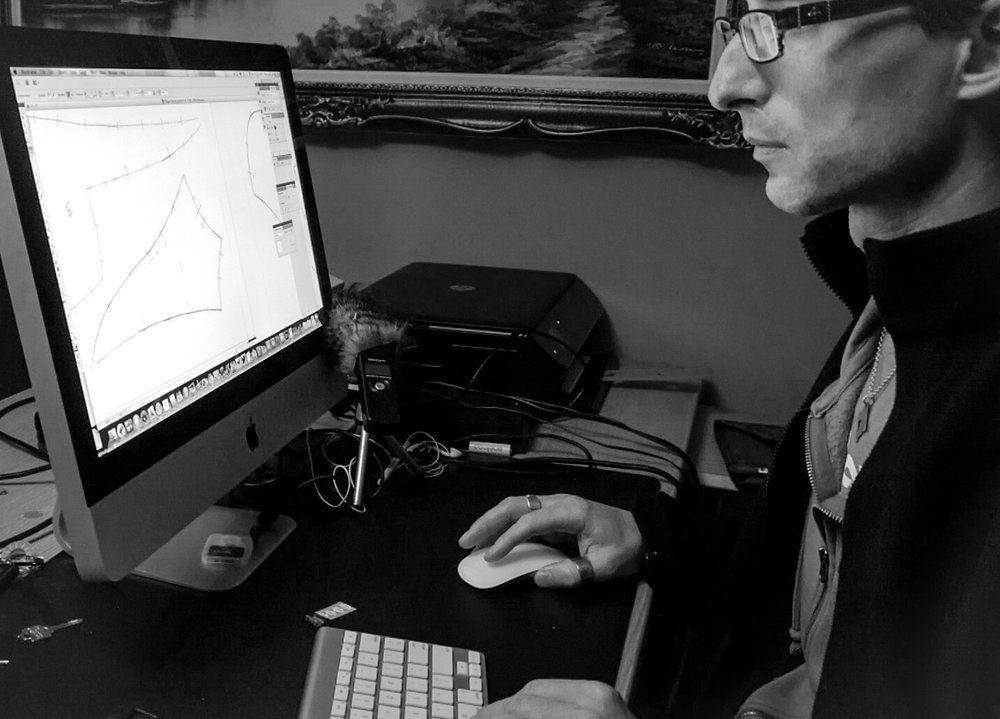
What I do
I work full time making foam costume patterns. I know, it sounds crazy, but that's my life. I guess you could call me a pattern artist:) It takes a lot of time to make quality patterns, but producing high quality work has always been my vision. It is a completely different thing to make a one off costume than it is to make a pattern for a costume. When you make an original costume, it is made only for one person, so you start with a pattern made specifically for them, and then tweak it until it fits just right. You can cut off little bits of foam here and there, and you don't have to worry about keeping track because you will never have to replicate it exactly.
Making a pattern for a thousand people is a bit... different
I work full time making foam costume patterns. I know, it sounds crazy, but that's my life. I guess you could call me a pattern artist:) It takes a lot of time to make quality patterns, but producing high quality work has always been my vision. It is a completely different thing to make a one off costume than it is to make a pattern for a costume. When you make an original costume, it is made only for one person, so you start with a pattern made specifically for them, and then tweak it until it fits just right. You can cut off little bits of foam here and there, and you don't have to worry about keeping track because you will never have to replicate it exactly.
I start my patterns with an idea, from which I make a bunch of drawings. When I am happy with the drawing, I need to figure out how I am actually going to make it from foam. EVA foam is great to work with, it is flexible, yet strong, it can be easily cut and scored, and if you heat it to the right temperature, it can be formed and will hold it's shape. In a lot of ways it reminds me of leather. Of course foam does have it's limitations, it can only be deformed so much before it starts to get uncooperative. That's where you have to start getting creative. Knowing where to add seams to a foam project in order to make it come alive as a 3 dimensional object is half experience and half luck. It's a lot of making and remaking, adjusting curves, adding or subtracting bits of foam here and there. I think this is where my jewellery making experience is very handy, as when working with metal, there is only so much you can alter the metal.
Once I have the pattern the way I like it, I scan it into my computer, and trace it so that I can digitally manipulate it. I smooth everything out, add piece numbers and any other helpful information that will be on the pattern. If any pieces are too large to fit on a single sheet of printer paper, then I need to create a document where they can be printed as tiles and then taped together later. This would be straightforward if the whole world used the same size of paper, but unfortunately that is not the case. North America uses a different standard paper size than the rest of the world, so I have to ensure that my patterns will print out properly on both sizes of paper. It took a while to figure out, but I have got it now. That's why it is so important to make sure you are printing actual size when you print your pattern.
Now I print off the pattern and remake the costume from the printed pattern pieces, just to make sure nothing got missed in the digitizing process. Usually there are a few little changes that still need to be made and updated on the pattern. Once I am happy with that pattern, I start to scale the pattern for all the different sizes I am going to make. Once I have all the different sizes, I make each one of them to ensure that I have scaled them properly and correct any proportions that have changed due to scaling. By the time I have reached the end of this process, I usually am surrounded by many many different sizes and stages of my original pattern, and I have gotten quite proficient at building that pattern, so that I can then share what I think is the best order of assembly in my video tutorial.
At this point, I am about halfway done. Typically I will film myself making one of the different sizes when I have a good grip on how I will be making it. This always is “fun”, because I am often building with the camera in between myself and the project, like I'm giving it a very standoffish hug. It is a very awkward way to make something! I generally film with least two cameras, one for the close ups, and one for the wider shots, and I sometimes have a third for behind the scenes or time lapse.
Once the video is filmed, I can put that on my computer and start editing, checking to make sure I have all the shots I need. I record most of the audio during editing so that I can keep the tutorial moving quickly and not bore everyone to death. I also type up written instructions that go along with the video hopefully filling any little bits of information that may have been left out for the sake of time. Oh, and this is about the time I remember that I need an intro and an ending to my video, so I rustle up the family, and see if I can get them to do something silly with me, or if not, I go and be silly all by myself.
And that's it. Upload to YouTube, post the pattern, have a cup of tea, and hopefully, if everything went the way it’s supposed to, you will be able to make a super amazing costume in way less time and with waaaay less effort than I did :) And that makes me happy.




